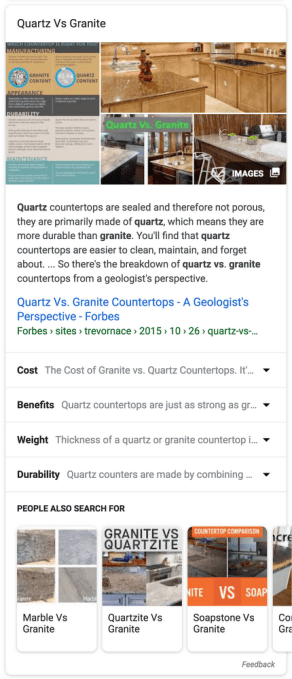Over the last couple of years, a once well-kept secret began to gain traction in New York media outlets: wealthy American investors, including VCs and hedge fund managers, had begun snapping up tracts of land in New Zealand, largely out of fear that a Trump administration could have a destabilizing effect on an already polarized United States but also owing to growing concerns about climate change and other impending disaster scenarios.
Now, facing a growing backlash over rising housing prices, New Zealand’s parliament has banned non-residents from purchasing most types of homes, aside from new apartments in large developments. (Australians and Singaporeans are exempt because of free-trade deals.)
The bill, passed narrowly yesterday, was reportedly heralded by New Zealand’s Trade and Economic Development Minister David Parker as a “significant milestone.”
Said Parker, “This government believes that New Zealanders should not be outbid by wealthier foreign buyers . . . Whether it’s a beautiful lakeside or ocean-front estate, or a modest suburban house, this law ensures that the market for our homes is set in New Zealand, not on the international market.”
The move to block foreign buyers isn’t a complete shock in lieu of the amount of publicity that New Zealand has garnered in recent years as a haven for wealthy survivalists, including those in tech. The New Yorker began exploring the trend in profile about Y Combinator President Sam Altman, which said that Altman’s plan, in the case a pandemic, was to “fly with his friend Peter Thiel, the billionaire venture capitalist, to Thiel’s house in New Zealand.”
The outlet followed up with another piece several months later, in January of last year, about many other investors who’d come to see New Zealand as their backup plan. In fact, there were so many of them — particularly hedge fund managers — that it had become a bit of a running joke, LinkedIn founder and investor Reid Hoffman told the magazine. He recalled telling a friend that he was thinking of visiting New Zealand, after which the friend had asked Hoffman, “Oh, are you going to get apocalypse insurance?” Said Hoffman to the New Yorker, “Saying you’re ‘buying a house in New Zealand’ is kind of a wink, wink, say no more. Once you’ve done the Masonic handshake, they’ll be, like, ‘Oh, you know, I have a broker who sells old ICBM silos, and they’re nuclear-hardened, and they kind of look like they would be interesting to live in.’ ”
(Thiel’s ties to New Zealand became particularly prominent after the New York Times published his successful 2011 application for citizenship to the South Pacific island nation, in which Thiel had stated: “I am happy to say categorically that I have found no other country that aligns more with my view of the future than New Zealand.” The piece reported on Thiel’s application in February of last year because several days earlier, Trump signed an order that temporarily banned all refugees from the U.S.)
According to the country’s Internal Affairs Department, last year, 36,450 people were granted New Zealand citizenship. Nearly six thousand of them came from the United Kingdom. Another 4,665 came from India and, lower down the line in terms of the percentage of people accepted, 1,314 people were granted citizenship who were born in China, and 735 were born in the U.S.
The country is home to roughly five million people altogether.
It’s hard to know just how many wealthy Americans have become landowners in New Zealand, though New York hedge fund managers appear to have gotten the memo about the country ahead of Silicon Valley. (Thiel, notably, had created a hedge fund called Clarium Capital back in 2002, though it’s been wound down in more recent years.)
According to the New Yorker, Rob Johnson, a former hedge fund manager with Soros who is today the president of a Soros-backed think tank called the Institute for New Economic Thinking, told an audience at the World Economic Forum in Switzerland in 2015, “I know hedge-fund managers all over the world who are buying airstrips and farms in places like New Zealand because they think they need a getaway.”
Meanwhile, a BBC report about the new ban states that Chinese investors have actually been among the biggest and most active offshore buyers of property in New Zealand in recent years.

 Google’s canonical example for a query to trigger this new panel is “
Google’s canonical example for a query to trigger this new panel is “
